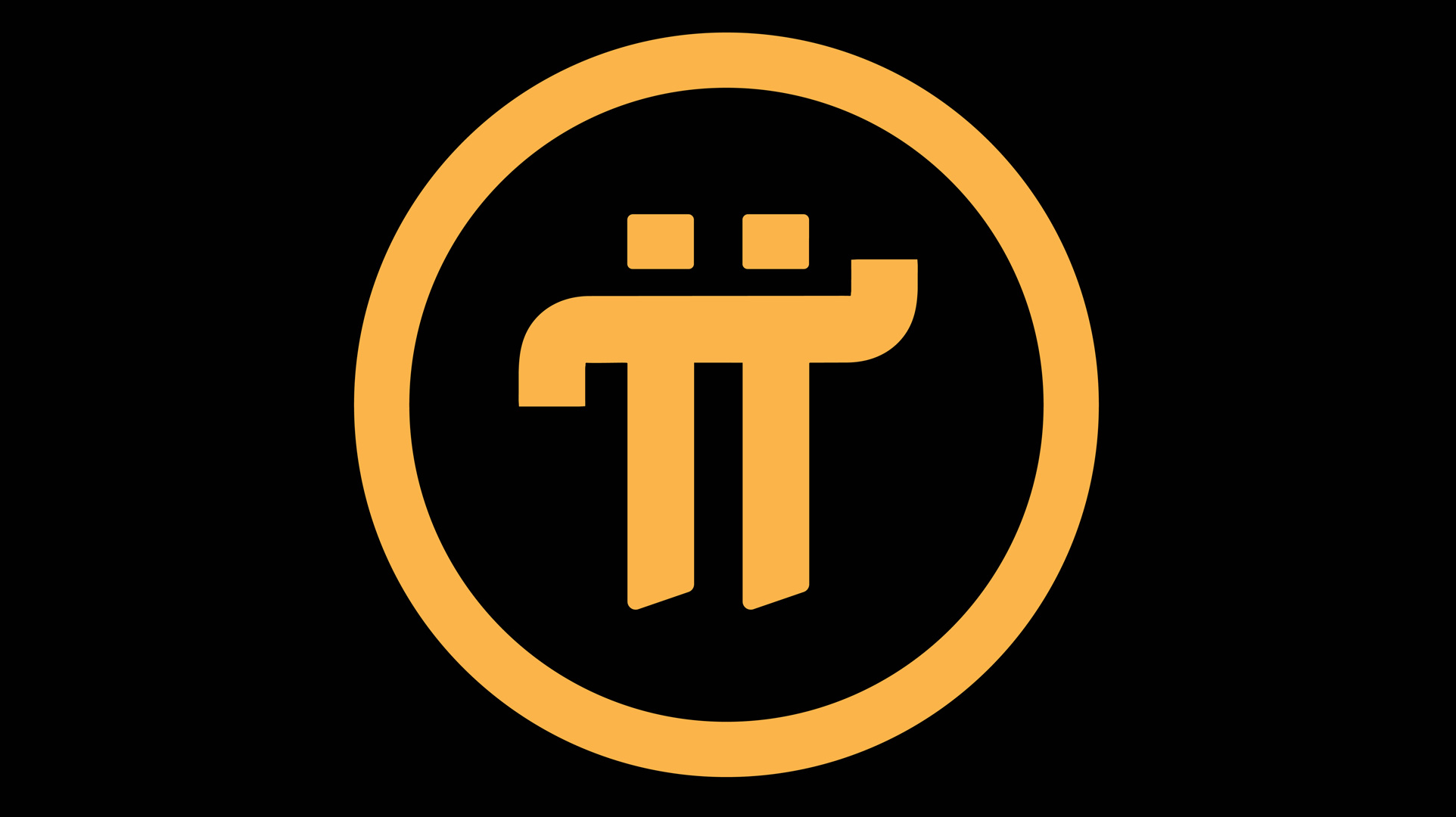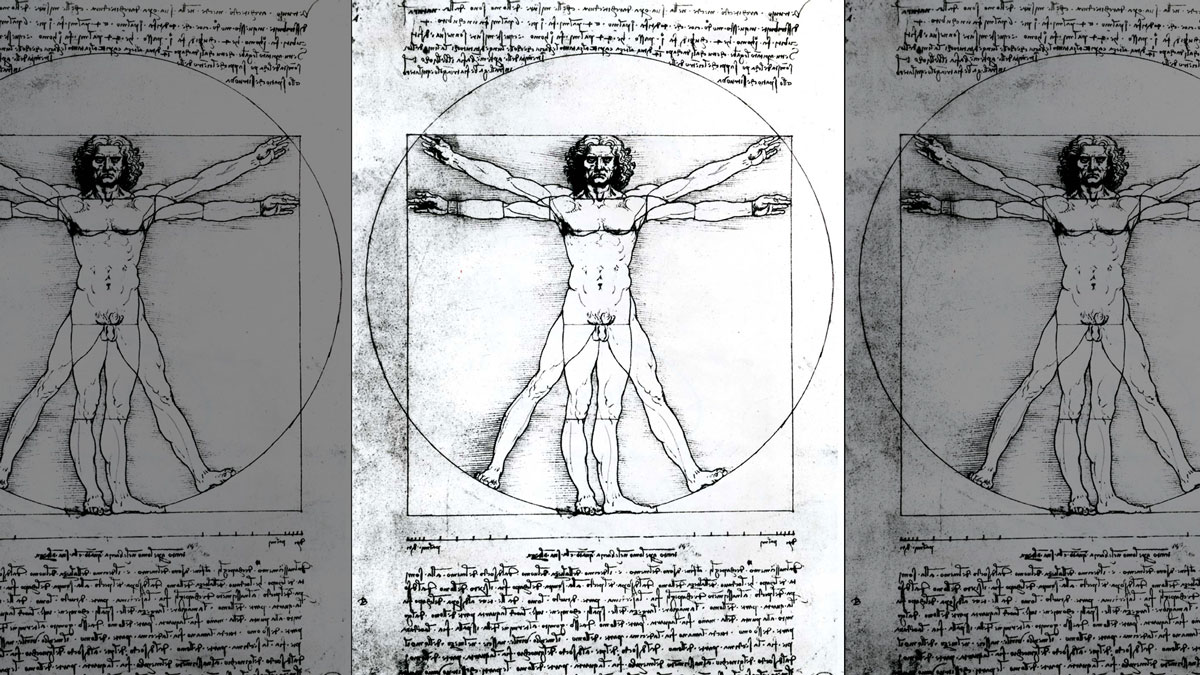Crypto
Pi is not just the Secret of the Universe, it Might also be the Future of Cryptocurrency
Published
3 years agoon
Crypto converts are obsessed with price – Pi is not yet released but has a more important goal before an initial value is set: 100 million users / miners
Cryptocurrency and Blockchain are here to stay.
But does the world need yet another cryptocurrency?
Can a stable, safe currency be created that is more than just another speculative playground?
What if a coin could be mined by millions, even billions on their cell phones?
What if the mining proceeds were shared equitably by all?
What if transactions and trading could be administered and verified by the same billion users that are also the holders, traders and miners?
And what if the Pioneers would be able to use the Pi network to communicate and trade and brainstorm with each other?
Would that be a utopian fantasy?

The future is uncertain but Pi addresses many of the shortcomings of the current system
There are now so many crypto coins that just the names or the underlying concepts are difficult to list, let alone understand. With over 6,000 as of August 2021, it is not likely that very many will survive in the long term.
Cryptocurrency and Blockchain and the origins and technical backdrop that led to the current explosion of interest in buying, trading, owning and mining is maddeningly complex for beginners. For that reason please follow links from this page or see some of our previous articles for more information and background.
It’s natural that most of the attention by the media is focused on the top 10, even the top 2 cryptocurrencies: Bitcoin and Ethereum / Ether. Both are well established, and Bitcoin having a market cap (total of all outstanding coins multiplied by the current price in fiat dollars) of over 800 billion, is highly likely to survive
One issue for all crypto, however, is the way that they are mined, and how the blockchain ledger is maintained. The proof of work system for Bitcoin has pros and cons that have people debating if it can ultimately remain the standard.
Ethereum is undergoing a complex transition away from a similar system to a new variant, and this is touted by many as likely to lead to its ultimate superiority while others don’t see that as a given.

Above: Photo credit Pi / 1998 Artisan Entertainment
Price wars are getting all the attention but an alternative is quietly amassing millions of adherents
Meanwhile Pi (π), a little known alternative coin with a radical underlying concept, created by it’s core team based at Stanford, has a few very unique features. These deviations from the norm make for a new direction in how cryptocurrency can function. And the launch via a proprietary 3 phase plan is also unique and worthy of note.
While many alt-coins are fly-by-night fast buck scams, launched in weeks or even days, little more than an exercise in crypto-branding as an end in itself (Jake Paul has an NFT game coin launching September 1st, nuff said) Pi (π) is conceived with the polar opposite of this “wild west-fly-by-night” ethos.
Simply put, Pi (π) is a new cryptocurrency. Its claim to fame is that it was designed from the ground up to be “mined” by its users on their cell phones. It was also designed to be the most egalitarian and evenly distributed coin in terms of ownership.

Above: Photo credit Lynxotic / Adobe Stock
The founders, a group of P.H.D.s out of Stanford, wanted to design a next generation cryptocurrency that would solve some of the problems of the first generation, notably Bitcoin.
Perhaps due to the frenzy and mania surrounding the price increase, measured against the dollar, for Bitcoin and others, there has been precious little in the media taking the idea of wealth distribution among crypto coin holders (hodlers in the jargon of alt coins) and almost nothing about using millions (and eventually billions) cell phones to mine and what benefits could potentially be derived from doing exactly that.
One obvious benefit, which seems to solve the issue of massive amounts of electricity, particularly “dirty” electricity as opposed to sustainable power from solar, etc., currently used for Bitcoin mining.
A second related issue is the massive expensive machinery needed to mine even a single Bitcoin (currently around $50,000 in value) and the natural concentration of those mining proceeds going into the hands of a tiny number of huge companies.
Further, there is the problem of transaction difficulty and speed (slow) due to the system and the computer power required to maintain the blockchain ledger.
And with the massive and vast run up in price, that phenomenon that everyone’s so excited about, has put billions in USD$ value into the hands of early adopters and very few others, which is not desirable if you are one of the billions of people on earth who do not own any Bitcoin.
In phase 3 the potential of Pi will begin to be realized
The live launch of Pi (π) will come in stage three and until then the coin can not be bought or traded. The status of the project is currently in phase 2, known as Testnet, with over 23 million “pioneers” who mine and hold Pi on their cellphones.
A deeper level of the eventual expansion of the project, with a goal of 100 million users set, with an eventual billion user base not out of the question, is the fact that this base would automatically represent a “private” and separate internet of sorts.

There are plans in the works for trading, bartering and interacting much in the way social media and the web work today but without any intermediaries such a Zuckerberg, and no restrictions on interaction and transactions, other than the security built in to the system.
If this, or a similar system with the same goals and objectives, were to take off and take hold the level of potential impact on the world and especially existing the financial structures and even internet and social media communication would be mind boggling, to say the least.
Phase 3, known in Pi world as “Mainnet” is when the cryptocurrency will officially launch and be ascribed an initial value.
Here is an edited description for Phase 3 from the Pi official website:
When the community feels the software is ready for production, and it has been thoroughly tested on the testnet, the official mainnet of the Pi network will be launched. After this point, the faucet and Pi network emulator of Phase 1 will be shut down and the system will continue on its own forever.
Future updates to the protocol will be contributed by the Pi developer community and Pi’s core team, and will be proposed by the committee. Their implementation and deployment will depend on nodes updating the mining software just like any other blockchains.
No central authority will be controlling the currency and it will be fully decentralized. Balances of fake users or duplicate users will be discarded. This is the phase when Pi can be connected to exchanges and be exchanged for other currencies.
In development for over 2 years, the white paper was initially published on March 1st 2019, by the aforementioned team of Standford PhDs behind Pi.

Above: Photo credit Lynxotic / Adobe Stock
Pi is built on a unique concept from a legitimate source, looking to solve important problems
Currently there are 7,916 (as per CoinGecko) and if you want to dig deeper into why that number is not undisputed, and how the realm is still expanding at a very rapid pace, this is a good article to look into that.
However, the only question that matters for this article is why Pi is different than the rest and why the world might need it, even with so many contenders and pretenders already in the queue.
Pi is being developed at Stanford by a team headed by Dr. Nicolas Kokkalis, Head of Technology. A Stanford PhD and instructor of Stanford’s first decentralized applications class; combining distributed systems and human computer interaction to bring cryptocurrency to everyday people.
The primary and first raison d’être for Pi is built into its definition according to the Pi Network web site:
”Pi is a new cryptocurrency for and by everyday people that you can “mine” (or earn) from your phone”
Simple enough, but groundbreaking in consequence when seen from the perspective of the challenges and solutions that are being developed and promoted among the many others in the crypto space.
”Mining crypto is hard. Investing in crypto is risky. Too many of us are left out of the cryptocurrency revolution.”
— Pi Network
One big issue that has been on the radar relating to the future of crypto is how various mining (proof of work), ( proof of stake) or farming (proof of space & time)
Bitcoin is the top crypto currency and uses proof of work mining, Cardano is a coin that is based on proof of stake, as are also lesser known alt coins, including Polygon, Tezos, Polkadot and EOS. These proof of stake coins could all be overtaken in importance, however, by the project called Ethereum 2.0, which would take the second largest cryptocurrency which would be an alternative version of Ethereum that is based on proof of stake, rather than proof of work, as is currently the case for Ethereum (1).
Finally Chia is the most prominent example of farming using hard drive space and processing to maintain proof of space and time.
The current state of cryptocurrency conceptual frameworks and how Pi is different
Rather than going into a complex and contentious discussion of the various methods and coins listed above, suffice it to say that proof of work, which was built for Bitcoin and is the most established and recognized method for a blockchain solution to maintaining the security and privacy of the a cryptocurrency.
One of the reasons that these alternatives are cropping up, beyond the speculative frenzy and profit motives that accompanied the price peak in crypto earlier this year (2021), is the somewhat overblown outcry regarding the energy intensive process of proof of work mining as it is currently the norm for bitcoin mining.
This is a concern, and added to it is the fact that the most profitable method for mining bit coin is have an extremely large ASIC (Application Specific Integrated Circuit) farm which has reduced the goal of decentralization (DeFi) to a very large extent.
For these reasons and more, Pi is being developed to be the first truly decentralized crypto coin that is mined via cell phone and that does not therefore require special, extremely expensive, gear or huge amount of electricity.
More Lynxotic stories on Cryptocurrencies:
- Apple near deal to produce film of Michael Lewis Book on Sam Bankman-Fried & FTX Collapse
- Ridley Scott to Produce ‘The Infinite Machine’ ETH Origin Story from Camila Russo’s Book
- Bitcoin’s Origins get Well-timed Mention in Elon Musk Tweet
- The Best Books on Cryptocurrency
- ‘Ethereum is Neutral, I Am Not’ Vitalik Buterin Calls Out Vladimir Putin: Glory to Ukraine
Find books on Sustainable Energy Solutions and Climate Science and many other topics at our sister site: Cherrybooks on Bookshop.org
Lynxotic may receive a small commission based on any purchases made by following links from this page


